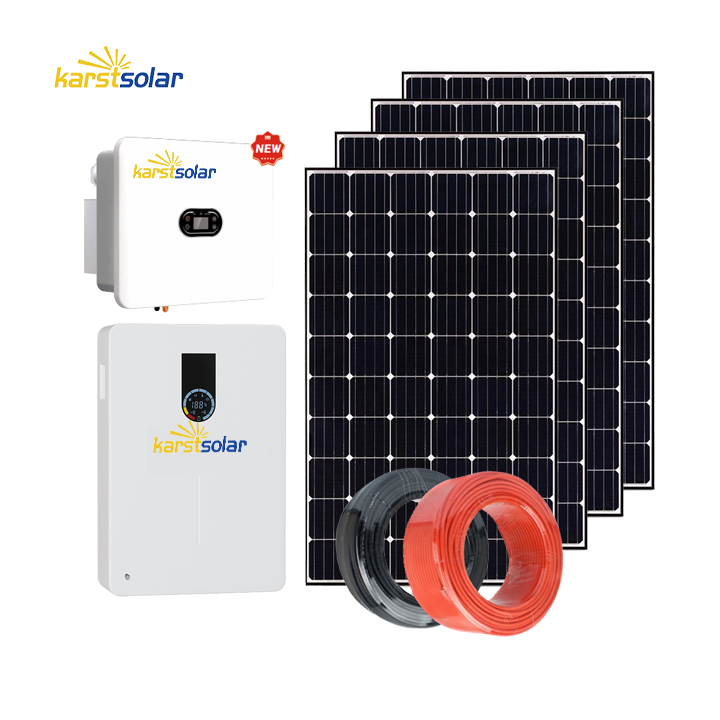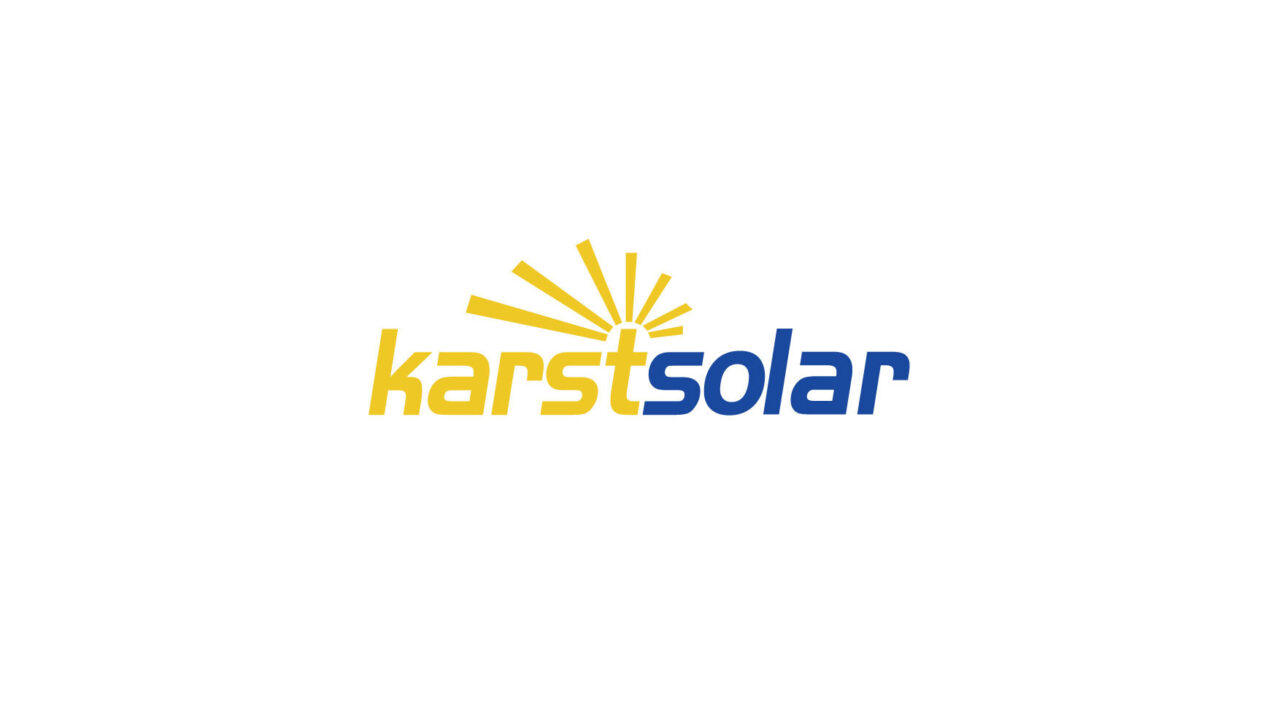
Installing solar panels on residential flat roofs is a common scenario in the realm of household solar energy solutions. Many solar companies have developed standardized schemes to design and construct systems efficiently for users. These standardized schemes are tailored for fixed scenarios like flat roofs and sloped roofs. Once technicians conduct on-site surveys, they can swiftly implement and complete the installation process.
Let’s delve into the specifics of these standardized schemes for flat roofs:
1. Equipment Selection: Detailed Configuration Checklist

- Solar Panel Selection: Choosing suitable solar panels for flat roof installation involves considering factors like power output, dimensions, performance, and reliability. Common types for household solar systems include monocrystalline and thin-film panels.
- Inverter Selection: Deciding on the type, power rating, and brand of the inverter is crucial.
- Cable, Distribution Box, and Other Equipment Selection: Determining cable lengths, distribution box power ratings, and preferred brands.
2. Overall Design Scheme (Structural Design)

Array Design, Structural Design:
Designing the support structure to ensure secure and stable installation of solar panels on flat roofs. These structures are typically made from corrosion-resistant and lightweight materials like aluminum alloy or galvanized steel.
- Pile Foundation Scheme:
- Using brackets to tilt solar panels, forming an angle with the ground to enhance sunlight absorption efficiency.
- Flat to Slope Scheme:
- Ensuring maximum exposure to sunlight to improve solar panel efficiency.

Electrical Design:
This includes series and parallel connections of solar panels, inverter selection, and layout to ensure safe and reliable electrical connections compliant with local electrical standards and regulations.

Safety Measures:
Implementing safety precautions during installation to prevent accidents or hazards, such as setting up warning signs and safety fences.

Monitoring System:
Installing a monitoring system to track the performance and electrical parameters of the solar system in real-time, facilitating timely issue detection and resolution to enhance operational efficiency and reliability.

System Integration Design:
On Grid connection, integrating the solar system with the local grid through inverters to convert DC power to AC power and meet grid connection requirements, ensuring effective injection of solar-generated electricity into the grid.
3. Project Management and Acceptance
After completing the solar system installation, project management and acceptance procedures are conducted to ensure the installation quality and performance meet expected standards. This involves handling relevant procedures such as grid connection approval.
By adhering to these standardized schemes, solar companies can offer users fast, efficient, and safe solar installation services, ensuring system stability and homeowner revenue stability.
In conclusion, standardized schemes streamline the installation process of solar panels on flat roofs, ensuring efficiency, safety, and performance. Karstsolar stands as a reliable partner in the realm of solar energy solutions, offering expertise and excellence in both technology and international trade.
For different countries, there are varying export and certification requirements for products like panels and inverters. For specifics, consulting certification companies is recommended.

Karstsolar, based in Shenzhen, is a company dedicated to solar panel production and international trade. Founded in 2009, Karstsolar boasts extensive experience in solar technology and a remarkable track record in global market expansion. We take pride in delivering efficient and reliable solar solutions to clients worldwide.
Contact Karstsolar: marketing@karstcom.hk

Very interesting subject, regards for putting up.Blog monetyze
Thanks!